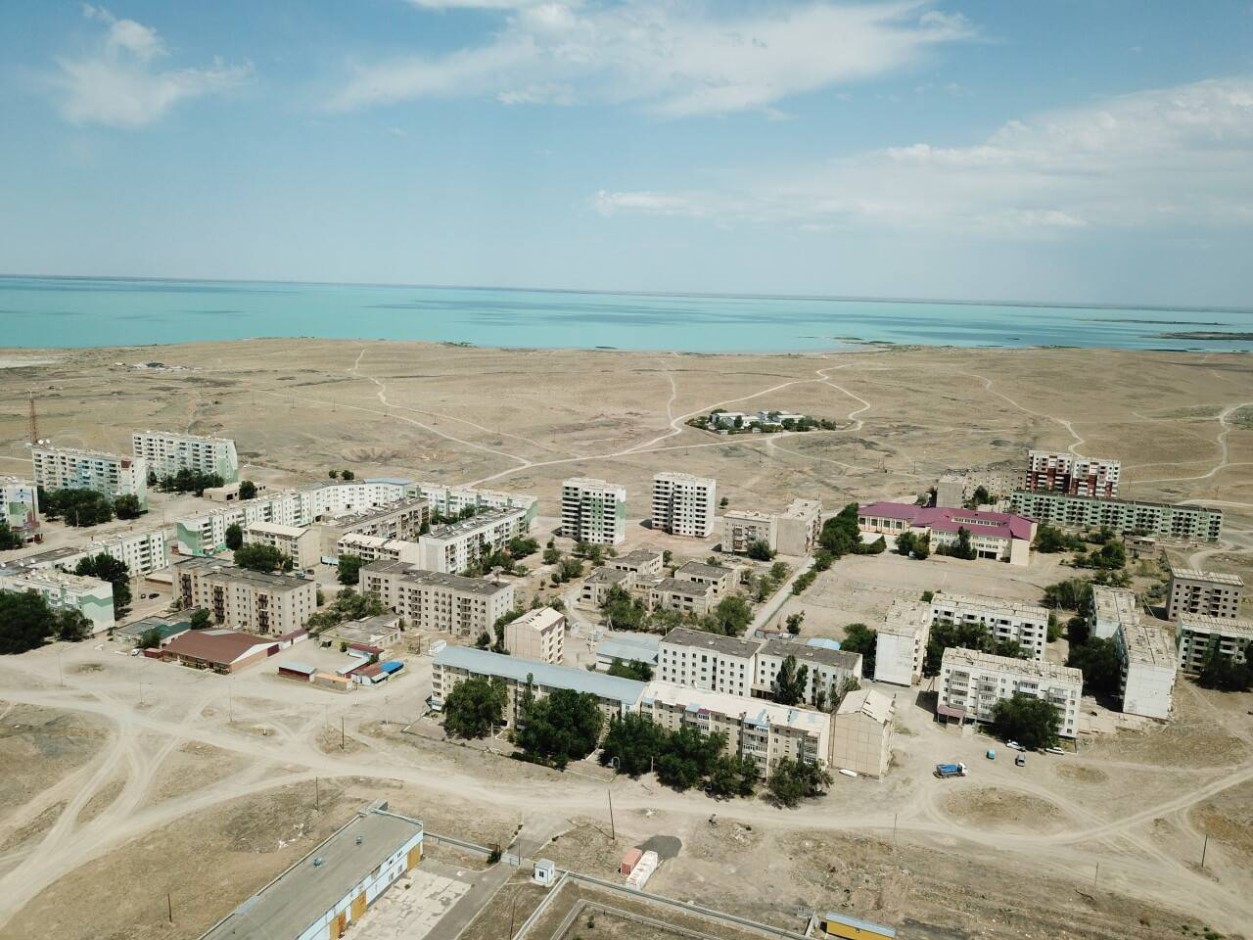 Kazakhstan’s Energy Ministry has provided an update on previously conducted studies related to the choice of reactor technologies and siting for Kazakhstan’s first NPP. The Ministry said that, based on studies, Ulken village in the Zhambyl district of Almaty region was chosen as the most preferred locality.
Kazakhstan’s Energy Ministry has provided an update on previously conducted studies related to the choice of reactor technologies and siting for Kazakhstan’s first NPP. The Ministry said that, based on studies, Ulken village in the Zhambyl district of Almaty region was chosen as the most preferred locality.
The Ministry also recommends choosing a technology “proven by the experience of construction and successful operation of a similar plant”. As a result, a shortlist has been compiled consisting of the following potential suppliers of nuclear technologies:
- China National Nuclear Corporation’s HPR-1000 (Hualong One) reactor;
- Korea Hydro & Nuclear Power’s APR1400 reactor;
- Rosatom’s VVER-1200 and VVER-1000 reactors; and
- EDF’s EPR-1200 reactor.
The Ministry said the research results were reviewed and approved at the meeting of the Interdepartmental Commission for the Development of the Nuclear Industry in May 2022. In accordance with Kazakhstan’s law "On the Use of Atomic Energy", the decisions on construction and siting of nuclear installations are made by the Government with the consent of the local representative bodies on whose territory the installation is planned to be built. In this case the local representative body is the Almaty city Maslikhat – legislative branch.
The Almaty Maslikhat in November 2022 agreed to construction, of the plant subject to the support of local residents. As a result, the Akimat (local government) of Almaty region has initiated public discussions. Local media and social media (Instagram Facebook were used to encourage participation in public discussions on the issue. Public hearings will be held later in accordance with the Environmental Code at the stage of the environmental assessment of the project after development of project documentation, the Ministry said. According to the plan, construction of the NPP should be completed in 2034 for commissioning in 2035.
Ulken village in the Almaty Region is located on the western shore of Lake Balkhash, some 370 kilometres from Almaty. The choice for the NPP site was between this village and the town of Kurchatov in the Abai Region. Ulken is a relatively new village founded in the early 1980s. It was originally built to house workers who were constructing the South Kazakhstan Hydroelectric Power Plant, which was never completed. Its population is around 1,500.
Construction of a nuclear plant has been under consideration long before President Kassym-Jomart Tokayev voiced the idea in his state-of-the-nation address in 2021. Kazakhstan Nuclear Power Plant (KNPP) company, a subsidiary of the Samruk Kazyna Sovereign Wealth Fund, which has been designated as the future plant operator, began preparing a feasibility study in 2018 to justify the need for nuclear power and the selection of a site.
The plant is expected to have two reactors with a capacity ranging from 1,000 to 1,400 megawatts to compensate for the shortage of baseload capacity. According to Tokayev, the looming energy shortage obliges countries to look for new sources and so constructing a NPP is now back on the agenda. In February 2022, Tokayev addressed an expanded government meeting, saying that without clean nuclear energy, Kazakhstan “will lose the entire economy, not to mention investments, and lose regional leadership”.
Kazakhstan possesses the world’s second-largest uranium reserves, accounting for 14% of the global total. It also operates research reactors and a range of other nuclear facilities associated with the initial stages of the nuclear fuel cycle, including uranium processing and fuel fabrication.
At a June roundtable discussion in Almaty on the nuclear industry, KNPP CEO Timur Zhantikin said NPP construction will have a multiplier effect on Kazakhstan’s development. “An increase in the scientific, technical and highly qualified personnel potential of the country is predicted. It will be necessary to create up to 8,000 new jobs during construction and find up to 2,000 high-quality personnel for the operation. As a rule, one job while constructing a nuclear power plant creates another ten in related sectors of the economy,” he said.
However, some officials are more cautious. Speaking to journalists in July, Samruk Kazyna CEO Nurlan Zhakupov said the decision to construct nuclear plant should be made carefully. He stressed the need to consider factors such as water availability and affordability.
International Atomic Energy Agency experts visited Kazakhstan in 2016 for an eight-day Integrated Nuclear Infrastructure Review (INIR) mission to review the country’s overall nuclear infrastructure, including its legal, regulatory, technical, and human resource capabilities for developing a peaceful nuclear programme.
A follow-up INIR mission in April noted that Kazakhstan had fully addressed earlier recommendations related to coordination of a nuclear power programme, financing of the NPP, emergency planning and radioactive waste management. However, the team said that further work is needed to complete the comprehensive report that supports the decision-making process for the nuclear power programme. This includes assessing funding requirements for nuclear power infrastructure, planning for further development of the regulatory body and future owner/operator KNPP, and developing a policy for industrial involvement in the nuclear power programme.
“By requesting the INIR mission, Kazakhstan has demonstrated its interest in obtaining an objective, professional assessment of the readiness of its nuclear infrastructure to supply nuclear power to the country,” said Zhandos Nurmaganbetov, Kazakhstan’s Vice Minister of Energy.
Image courtesy of Rosatom






